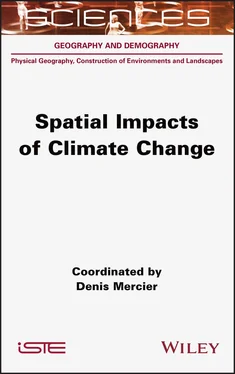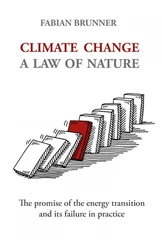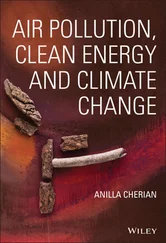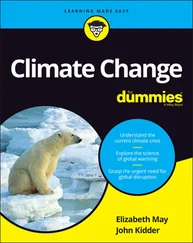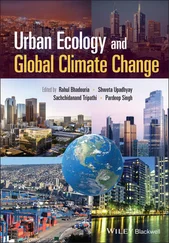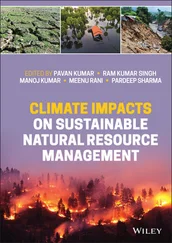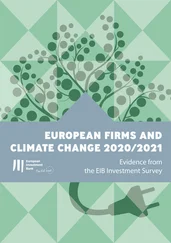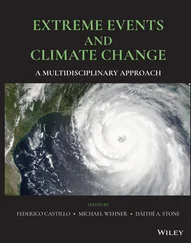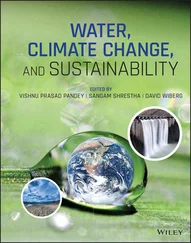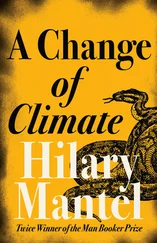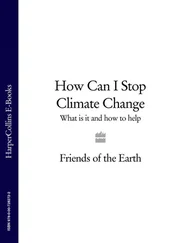311 308
312 309
313 310
314 311
315 312
316 313
317 314
318 315
319 316
320 317
SCIENCES
Geography and Demography, Field Director – Denise Pumain
Physical Geography, Construction of Environments and Landscapes , Subject Head – Étienne Cossart
Spatial Impacts of Climate Change
Coordinated by
Denis Mercier

First published 2020 in Great Britain and the United States by ISTE Ltd and John Wiley & Sons, Inc.
Apart from any fair dealing for the purposes of research or private study, or criticism or review, as permitted under the Copyright, Designs and Patents Act 1988, this publication may only be reproduced, stored or transmitted, in any form or by any means, with the prior permission in writing of the publishers, or in the case of reprographic reproduction in accordance with the terms and licenses issued by the CLA. Enquiries concerning reproduction outside these terms should be sent to the publishers at the undermentioned address:
ISTE Ltd
27-37 St George’s Road
London SW19 4EU
UK
www.iste.co.uk
John Wiley & Sons, Inc.
111 River Street
Hoboken, NJ 07030
USA
www.wiley.com
© ISTE Ltd 2020
The rights of Denis Mercier to be identified as the author of this work have been asserted by him in accordance with the Copyright, Designs and Patents Act 1988.
Library of Congress Control Number: 2020947184
British Library Cataloguing-in-Publication Data
A CIP record for this book is available from the British Library
ISBN 978-1-78945-009-5
ERC code:
LS8 Ecology, Evolution and Environmental Biology
LS8_1 Ecosystem and community ecology, macroecology
LS8_2 Biodiversity, conservation biology, conservation genetics
LS9 Applied Life Sciences, Biotechnology, and Molecular and Biosystems Engineering
LS9_4 Applied plant sciences (including crop production, plant breeding, agroecology, forestry, soil biology)
Introduction
Spatial Impacts of Climate Change: Multi-scale Issues
Denis Mercier
Sorbonne University, Paris, France
Climate change involves a change in the elements of what is known as the climate machine, often summarized in the press as a change in the temperature variable alone. However, the Earth’s climate is a complex system inducing interactions between its different components: atmosphere, hydrosphere, cryosphere, pedosphere, biosphere, lithosphere and noosphere.
I.1. The impact of contemporary climate change on forest fires in Australia in 2019-2020: a systemic approach
There is no shortage of examples in the recent past to illustrate the systemic interactions related to climate change in recent decades. Gigantic fires in Australia had destroyed more than 10 million hectares (ha) in the southeast of the country by early January 2020. This is more than five times the area of the California fires of 2018 (1.8 million ha) and ten times the area of the high-profile fires in the Amazon rainforest in the summer of 2019 (0.9 million ha, see Chapter 12). Global warming increases the likelihood that fires may occur by accentuating the expansion potential of these fires, which are devastating for fauna, flora and sometimes also for human life. Indeed, the fire seasons in Australia now begin earlier in September and last longer. Climate change in Australia is measured by a reduction in annual precipitation, which contributes to the drying out of soils, vegetation and thus the potential for fires. The year 2019 was the driest year on record since 1900 according Spatial Impacts of Climate Change, coordinated by Denis Mercier. © ISTE Ltd 2021. to the Australian Bureau of Meteorology . At the same time, temperatures have been rising, and 2019 was also the warmest year on record in Australia since 1910. These same climate changes can be understood on another spatial scale by combining ocean and atmospheric circulation. In the Indian Ocean, the dipole reflects the temperature differential between the western and eastern parts of this ocean basin. During the positive phases of this dipole, ocean temperatures are higher in the west than in the east, favoring rainfall over East Africa and reducing rainfall over Australia and Indonesia (Kämpf et al . 2019). These positive phases have become more frequent and intense since the 1950s. When the Antarctic Oscillation enters a negative phase, the westerly winds surrounding the Antarctic continent, the so-called Roaring Forties and Howling Fifties, move away from the continent and move up towards mid-latitudes, generating strong winds towards land areas such as Australia (Feng et al . 2019). When these two phenomena occur in time, dry air masses over the eastern Indian Ocean are propelled towards Australia, which then receives less precipitation and experiences strong winds. These air masses then cross Australia's interior deserts and fall back down over the eastern part of the Australian Cordillera, which reinforces the local drying of these air masses over the southeastern part of the country by the foehn effect. In addition, these Australian fires generate dust in the atmospheric circulation and result in dust fallout on New Zealand glaciers, particularly those of Fox and Franz Josef, whose melting is likely to be accelerated by the lowering of their surface albedo, which is brownish in color due to ash and soot fallout. At its scale, this local melting of the cryosphere contributes to a global rise in sea level.
Beyond the Australian case and on a more global scale, recent research shows that a warmer planet increases the risk of forest fires (Johns et al . 2020). Increasing temperatures, decreased precipitation and soil moisture, combined with drying strong winds, contribute to an increase in the frequency and severity of fire-prone periods.
I.2. The impacts of contemporary climate change: a multi-scalar approach
The issues are therefore systemic and multi-scale. Societies, whatever they are and wherever they are found, must and will have to adapt to the following changes for which they are not necessarily individually responsible. This book therefore presents the different impacts of climate change according to the areas and territories under consideration.
On a global scale, all the fundamental elements of the Earth system and their interactions are mobilized by climate change: water cycle, carbon cycle, atmospheric circulation, thermohaline circulation. Although general mechanisms make it possible to understand and explain climate change, regional and local nuances show that geographical elements such as the distribution of land and oceans, the layout of landforms, coastal dynamics and human activities can minimize or, on the contrary, exacerbate the spatial consequences of general physical laws. The example of contemporary climate warming on a global scale and its amplification in the Arctic illustrate the importance of these changes in spatial scales (see Chapter 1). The melting of the marine and terrestrial cryosphere, discussed in Chapter 2, is not spatially uniform. It contributes to changing geopolitical and economic issues in the Arctic (see Chapter 3). The melting of the terrestrial cryosphere induces a rise in global sea and ocean levels, which will not affect coastlines in the same way according to their own typology (cliff coasts, deltas, etc.) or their own dynamics (subsidence, stability or uplift) and according to the way they are occupied by societies (see Chapter 4).
Читать дальше
